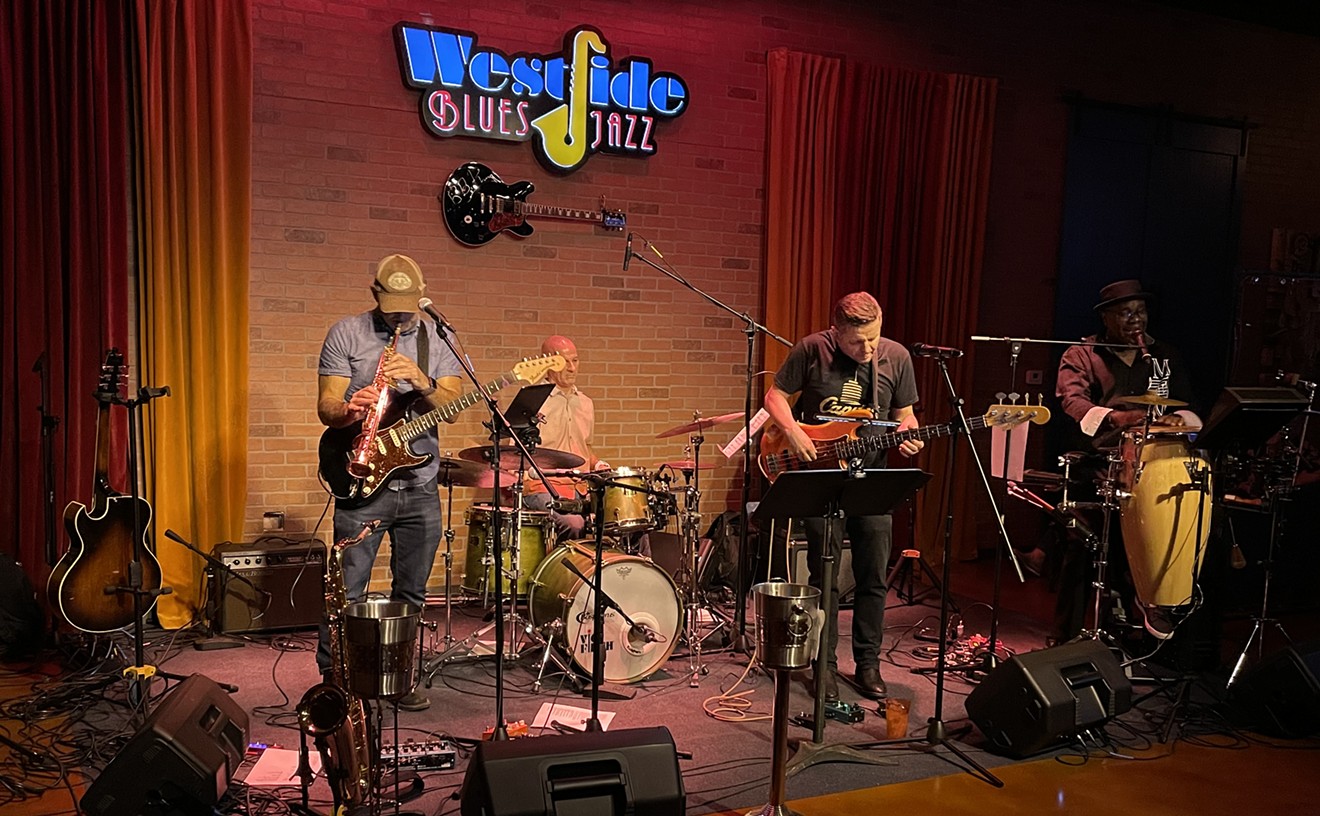Every so often, the owners of the various Beatle properties stage a commercial revival to milk a little more cash from the products of that brief period -- roughly seven years (1962-69). We are currently in the midst of one of those revivals, with the publication of the first real Beatles autobiography, the splashy Beatles Anthology, the release of yet another CD that repackages the biggest hits, and a rerelease of A Hard Day's Night (1964), the Beatles' first film, featuring "a fully restored picture and a digitally restored soundtrack."
What is there to say about A Hard Day's Night at this point? It was a revolution when it was first released; it became a communal ritual for a whole generation, back in the days before home video; and it had an incalculable influence on the future of the movies. It may not appear so startling now, but in A Hard Day's Night, director Richard Lester prefigured the stylistic changes that swept through Hollywood in the late '60s and early '70s, reinvented film grammar, and led to (for better or worse) the MTV aesthetic that has permeated every corner of contemporary filmmaking. In fact, despite his considerable acclaim at the time, Lester is now a contender for the title of Most Underrated Filmmaker of the Past 40 Years. It certainly would be difficult to overstate his influence.
On the other hand, it is difficult to assign relative credit to Lester, the Beatles themselves, and others involved in A Hard Day's Night. Suffice it to say that Lester is the missing link between the experiments of the French New Wave and the loosening of conventional narrative technique in later directors as diverse as Nicolas Roeg (who was Lester's cinematographer on Petulia), David Lynch (Blue Velvet, The Straight Story) and David Fincher (Seven, Fight Club).
But Lester isn't merely a repackager of foreign art film techniques. It is significant that he grew up in Philadelphia during the period when Ernie Kovacs, the Salvador Dali of the cathode ray tube but still a local TV personality, was exulting in the possibilities of the new medium. Lester relocated to England, where he directed a variety of TV shows and came to work with Peter Sellers, Harry Secombe and Spike Milligan, the geniuses behind radio's The Goon Show, from whom a whole generation of British comedy (including the Monty Python gang) derived. In his first short, The Running, Jumping, and Standing Still Film (1959), Lester and the Goons came up with a hilarious amalgam of the Marx Brothers, Buñuel, Hellzapoppin', Kovacs and a long tradition of cerebral nonsense. Lester then made two features -- the occasionally innovative It's Trad, Dad! (1962) and the conventional The Mouse on the Moon (1963) -- but it was The Running, Jumping, and Standing Still Film that attracted the attention of the Beatles, who were determined that the exploitation quickie they had agreed to make be more interesting than the standard rock movie of the period.
The difference is obvious from the first scene -- a fragmented montage of the chaos of the band's new success, edited to the title track. From the opening chord, the sequence taps into a sense of freedom and energy that Colonel Tom Parker would never have understood. But the real revelation comes about 35 minutes into the film -- when the Beatles escape the pressures of the TV station where they are due to make a live appearance and steal out the back door to the tune of "Can't Buy Me Love." For two and a half minutes, they cavort in a field in ways that have no direct relationship to the lyrics.
It has often been suggested that in this scene, Lester solved the problem of how to approximate the dynamics of traditional musicals' dance movements in a musical that starred nondancers. Instead of relying on the performers for his choreography, Lester makes the camera dance by every means he can devise: helicopter shots, jump cuts, slow motion, the sped-up antics of silent film. He becomes the Busby Berkeley of the leaden-footed.
The "Can't Buy Me Love" scene was like a burst of pure energy at the time, quite unlike anything American audiences were accustomed to. A year later, in Help!, Lester's second Beatles film, nearly every musical sequence used these sorts of techniques. (This reviewer is nearly all alone in ranking Help!, with its higher level of unapologetic artifice and absurdity, as superior to A Hard Day's Night.) Lester never worked with the entire group again, though he did use John Lennon as an actor in How I Won the War (1967) and directed the 1991 McCartney concert film Get Back. And he did make another 17 features, from 1965's The Knack, and How to Get It to 1989's The Return of the Musketeers, giving up filmmaking only after longtime colleague and friend Roy Kinnear died after an accident during a pickup shot on the latter film.
Amid some projects that seem like commercial work-for-hire -- Superman II, Superman III and Butch and Sundance: The Early Days, in particular -- is a broad range of wonderful movies, including The Knack, How I Won the War, Petulia, The Three Musketeers (1974), Juggernaut (1974), The Four Musketeers (1975) and Robin and Marian (1976).
There will always be Beatles revivals, but we're way overdue for a major Richard Lester revival. For now, we'll have to make do with A Hard Day's Night, with its crisp new print and vastly clarified soundtrack. And that's not so bad at all.










